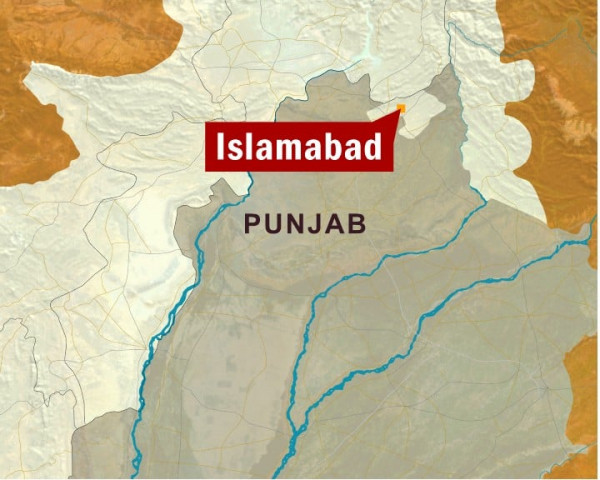
Seldom has an acronym instigated as much resentment and controversy as ‘NRO’.
Having come into existence on October 5, 2007, the story of the National Reconciliation Ordinance (NRO) is a bitter-sweet one – though for even an ardent supporter, if there are any, there is more bitter than sweet.
The ordinance is said to have paved the way for the return of Pakistan Peoples Party’s (PPP) late chairperson Benazir Bhutto two weeks later on October 18 – to a rousing rally of close to half a million ecstatic supporters in Karachi. Over 150 supporters of Benazir died that day in twin blasts at her welcome rally.
The late PPP chairperson and her husband, now President Asif Ali Zardari, had a number of cases against them in and outside Pakistan – many of them, according to PPP supporters and others, manufactured or trumped up to use as leverage against the party leadership.
A number of cases had been initiated under the infamous Saifur Rehman commission formed under the second tenure of Nawaz Sharif.
Under the garb of “reconciliation” of the polarised political leadership of Pakistan, former president Gen (retd) Pervez Musharraf promulgated the ordinance, said to have been a product of negotiations between him and self-exiled Benazir, to drop these charges, none of which had resulted in convictions in the court of law despite years of prosecution. The most prominent among these were the Swiss money laundering cases against Benazir and Zardari.
The ordinance provided protection to crimes done in the period between January 1, 1986, and October 12, 1999.
There are a number of reported intermediaries, including then US secretary of state Condoleezza Rice. One of the principal go-betweens is believed to have been Gen Ashfaq Parvez Kayani, then the chief of the Inter-Services Intelligence (ISI), who flew between Islamabad and London to have the deal signed between Musharraf and Benazir.
However, as expected, the law drew more criticism than appreciation on the bases that it benefitted a class of people in violation of Article 25 of the Constitution.
And so it was challenged
The likes of former PPP leader Dr Mubashar Hasan, former Jamaat-e-Islami leader Qazi Hussain Ahmed and Punjab Chief Minister Shahbaz Sharif had challenged the NRO before the Supreme Court on grounds that it negated the dictates of the Constitution.
In the meantime, the NRO was placed before the National Assembly from where it went to a standing committee, where it was taken up on October 29 and 30, 2009. Subsequently, it was again placed before the National Assembly, from where it was withdrawn without endorsement after key coalition partners refused beforehand from supporting it in a vote.
The refusal of Parliament to support the NRO worsened the already slim odds that the controversial law would survive.
After the court issued a notice to the federal government, acting attorney general Shah Khawar refused to support the ordinance. “That the federation believes in the supremacy of the Constitution of 1973 and the Parliament. That the National Reconciliation Ordinance was promulgated by the previous regime and I am under instructions not to defend it,” Khawar submitted the federal government’s stance in writing to the Supreme Court.
But soon after submission of that reply, the federal government took a U-turn and hired Advocate Kamal Azfar and raised objections to declaring the law unconstitutional. Azfar, during his arguments, said the court should not rule against the NRO because it would destabilise the system.
After hearing all parties, a 17-judge bench, headed by Chief Justice Iftikhar Muhammad Chaudhry, declared the NRO unconstitutional on December 16, 2009.
The court directed the government to reopen all cases withdrawn under the NRO and write a letter to the Swiss authorities for restoring graft cases against the late Benazir Bhutto and her spouse current President Asif Ali Zardari. The federal government did file a review petition against the NRO judgment, but it could not be taken up on account of vacancies of judges in the apex court.
It took a while for the review to be taken up, but as soon as the judges’ strength was completed, the apex court started hearing the case – and was quick to dismiss the review on Nov 25, 2011.
Since then, the court had been insisting upon the implementation of the NRO verdict – but compliance was not forthcoming. The NRO implementation case was earlier heard by the chief justice himself but after dismissing the NRO verdict review, a separate bench was formed for the purpose.
The bench was headed by Justice Asif Saeed Khosa when it laid down six options for itself to exercise in case the government still continued to drag its feet over the NRO implementation. Later, upon Justice Khosa’s request, the chief justice increased the strength from five judges to seven judges.
Now Justice Nasirul Mulk heads the bench.
Despite all the delay and controversy, the NRO, over four years since its promulgation, still threatens to inflict serious damage – cost, as it may, the prime minister his office.
Published in The Express Tribune, January 17th, 2012.

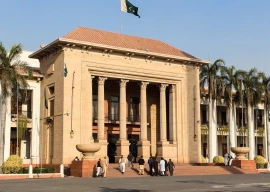
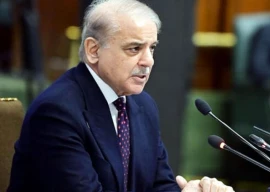

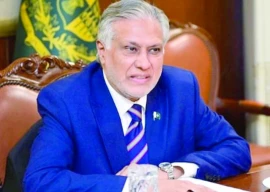

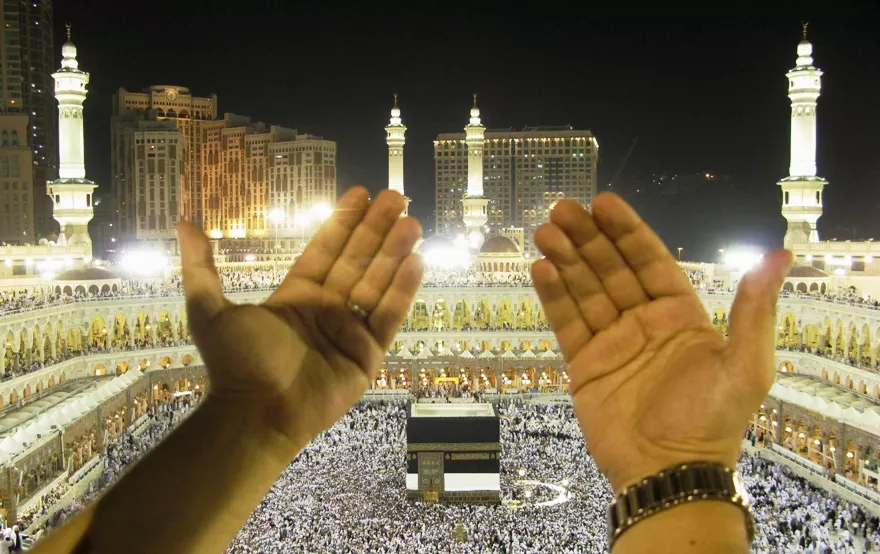




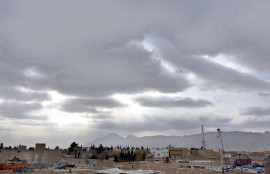
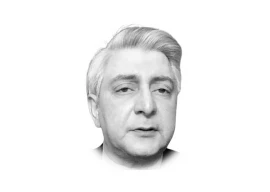





COMMENTS
Comments are moderated and generally will be posted if they are on-topic and not abusive.
For more information, please see our Comments FAQ